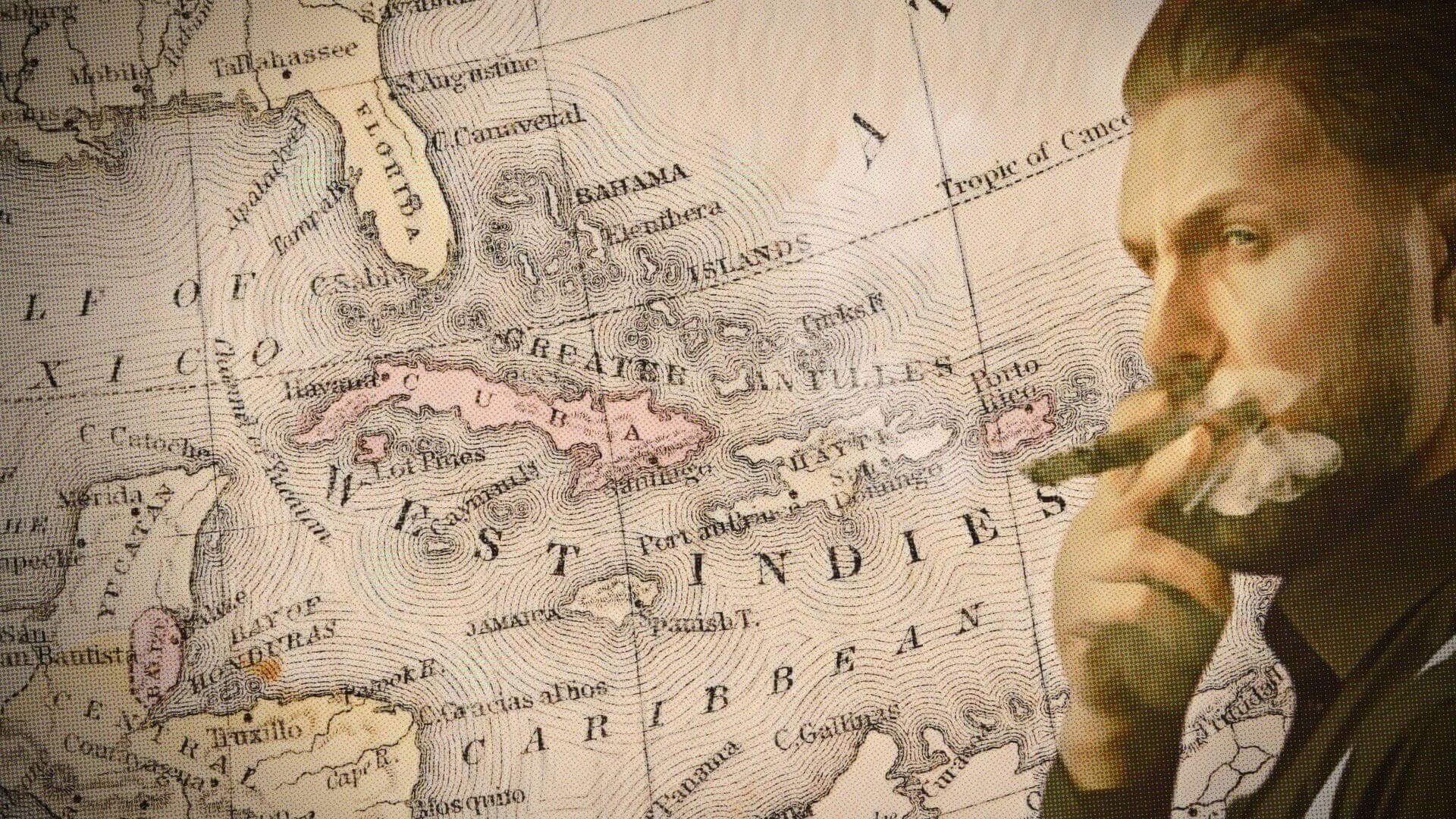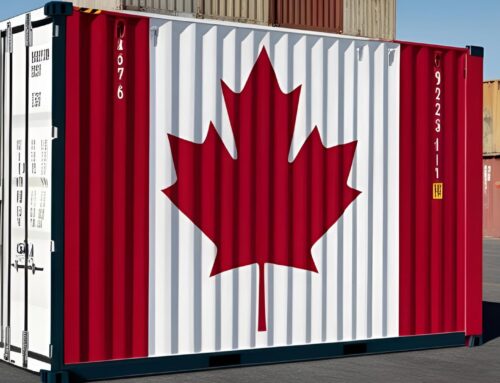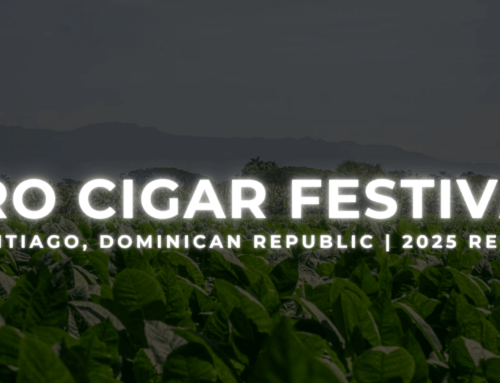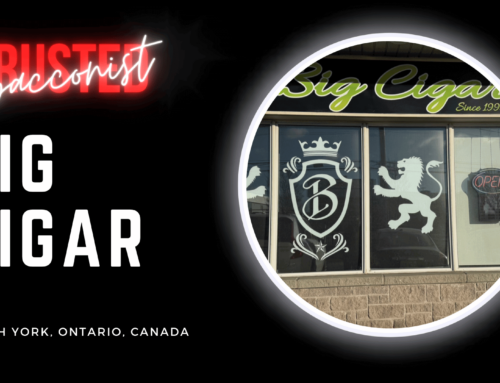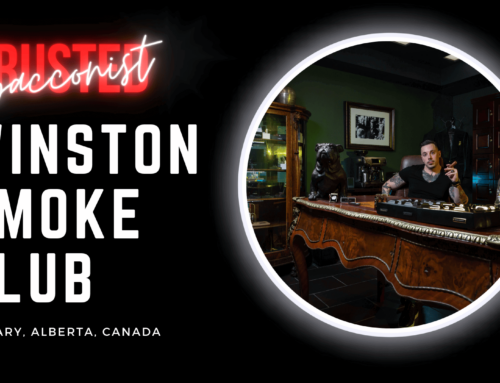So, you’ve fallen in love with cigars.
Yes sir, make no bones about it – you’re a bona fide lover of the leaf. You have truly found your happy place, and it is wherever you can enjoy your next fine, hand-rolled cigar.

Considering this cosmic-level stogie infatuation of yours, it may be time to plan a trip to a destination where these glorious creations are made through time-honored processes.
For just like the faithful travelling to a sacred holy site, you can embark on your own pilgrimage; only for cigars.
The following piece will outline a few key destinations that cigar lovers frequent to immerse themselves in cigar culture.
The World’s Top Cigar Producing Nations
Currently, the world’s top cigar producing nations are Dominican Republic, Cuba, Nicaragua, Ecuador and Honduras.
Further down the list, you’ll see the likes of Mexico, the United States, Brazil and Indonesia.
Ultimately, the central African nation of Cameroon rounds out the top 10.
For the sake of this piece, we’ll narrow things down, and take a look at the following nations as a possible destination for cigar-oriented adventures:
Cuba, Dominican Republic, Nicaragua and Honduras.

CUBA: Where Cigar Tradition Began
For many, Cuba is the place that started it all, and is home to many of the world’s most celebrated brands such as Cohiba, Montecristo, H. Upmann, Hoyo de Monterrey, Partagas, Bolivar, and more.
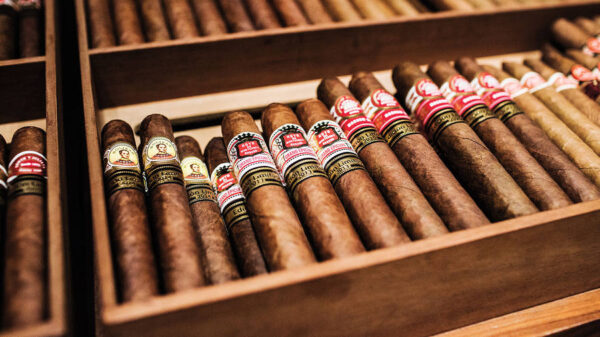
It is still widely considered to be the cigar Mecca (though many refute this), and is the homeland from where so many fled following Fidel Castro’s regime.
Of course, with a decades-long embargo imposed by the United States, travel to Cuba is still a complicated endeavor for the average American citizen. Though it is legal for an American to travel to Cuba, a visa must first be obtained, and various requirements must be met.
As many of our non-American readers do not face this particular dilemma, we won’t dwell on this topic much further. For more information on Americans travelling to Cuba, visit here.
Located within the famed Pinar del Rio province is Cuba’s immaculately fertile Vuelta Abajo tobacco growing region.
It is often considered the best spot on earth to grow tobacco.
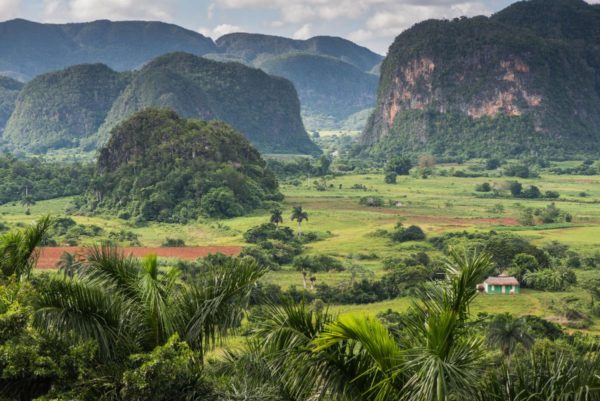
The Vuelta Abajo within Pinar del Rio
From a logistical standpoint, it is extremely rural and quite off the beaten path. For those adventurous enough, it can be reached by car from popular beach destination Veradero in 4.5 hours, or from the capital of Havana in roughly 2.5 hours.
As hotels are scant, booking accommodations in bed and breakfasts, or are what are known as a Casa Particulares, are popular options.
These are villas or rooms that are rented out by owner – who may or may not be staying there at the same time as you.
They also may or may not speak English.
Thankfully, many who have exercised this option have reported that these places have provided an extremely authentic and enjoyable Cuban cigar experience in the Pinar del Rio province.
Visiting Havana is a more accessible option.
Though many parts of Havana look run-down and in desperate need of a facelift, it is still essentially a mandatory stop for any serious cigar enthusiast while visiting Cuba.
The historic Hotel Nacional is one of the most cigar-friendly hotels in the world, and is also a great place to enjoy a classic Cuban cocktail, as well as an assortment of Cuba’s finest Spanish-style rums.
Sidestep the street hustlers trying sell you fake Cuban-brand cigars and take a tour of the popular Partagas factory in Havana. Since 2016, it is at a new location on the corner of San Carlos and Peñalver street.
The tours are well organized and highly informational.
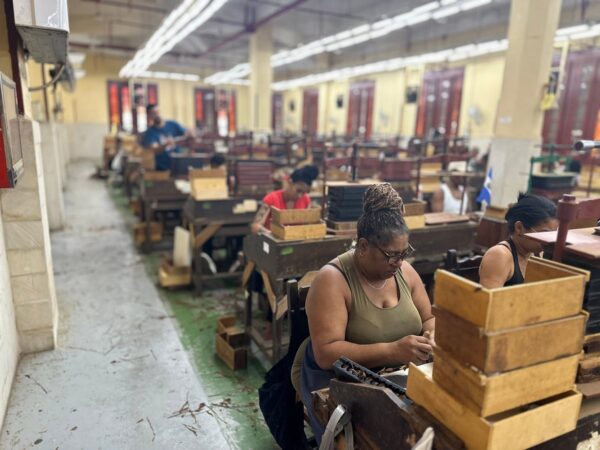
Torcedores busy at work within the Partagas factory in Havana
Unsurprisingly, the Habanos Festival, which takes place annually at the end of March, is the biggest celebration of Cuban cigars. Timing your trip to coincide with this week-long celebration of Cuba’s biggest cigar brands is definitely worth your consideration, as it includes special events, workshops, factory and farm visits, lectures, a gala, and much more.
When travelling to Cuba, plan ahead. Cuban cigar prices have also skyrocketed comparted to what they were a short while ago.
Despite reports of increased profits from the sale of Habanos S.A. products in 2022, Cuba’s tobacco industry (and the nation at large) is still in a state of recovery from not only Covid-19, which ravaged its tourism industry, but also Hurricane Ian, which wiped out an entire growing season for tobacco and seriously impacted its food supply.
Despite setbacks, things are returning to form.
Exploring Cuba on your very own cigar pilgrimage will likely be an experience you will never forget.
DOMINICAN REPUBLIC: Largest Exporter To the World
Though Cuba may be the place where modern cigar methodologies were first established, it was Hispanola (now known as the Dominican Republic) where Columbus first discovered the local Taíno natives smoking tobacco.
Though today the Dominican Republic currently falls behind Nicaragua as the number one cigar exporter to the United States, they are nevertheless the biggest cigar exporter to the world, and thus a primary location to visit for cigar tourism.
It is home to countless major cigar brands, which include La Aurora, Arturo Fuente, La Flor Dominicana, Davidoff, Macanudo, E.P. Carrillo and more.
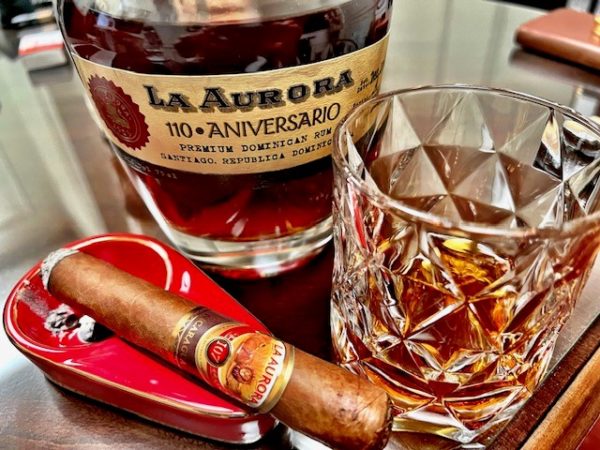
The La Aurora Gran 107 Cigar and the La Aurora 110 Anniversario Rum
The epicenter of Dominican cigar culture is unquestionably the city of Santiago, or Santiago De Los Caballeros as it is formally known.
Within Santiago, you’ll discover the Zona Franca, which are large, walled-off, intercontinental free trade zones that serve as a business park for not only cigar production, but also many other goods like textiles, coffee, etc.
It is here that you’ll be able to pay a visit to the factories that produce the aforementioned cigar brands, among many others.
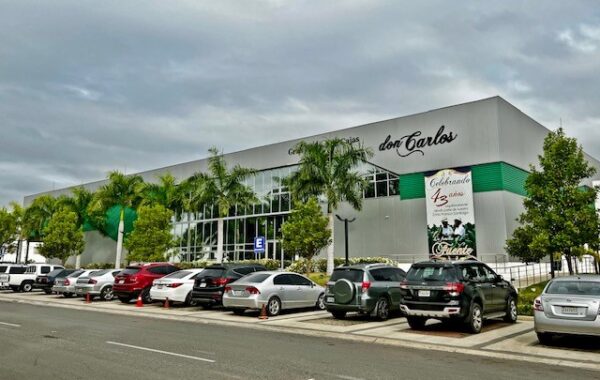
The Fuente Don Carlos factory is where the boxes are made for cigars inside the Zona Franca
To get off the beaten path and immerse yourself in the tobacco farms and fields, you’ll travel to the Cibao Valley, which runs right through Santiago to the north. It’s lush growing terrain is the Dominican Republic’s answer to Cuba’s Pinar del Rio.
To enjoy a fully-curated, cigar-oriented experience like no other, look no further than the the annual Pro Cigar Festival. Created by the Dominican Cigar Manufacturers, Pro Cigar is an experience that seamlessly ties in the factories, farms and fields with a series of cigar events, seminars, and of course, lavish dinners and evening entertainment – Dominican style.
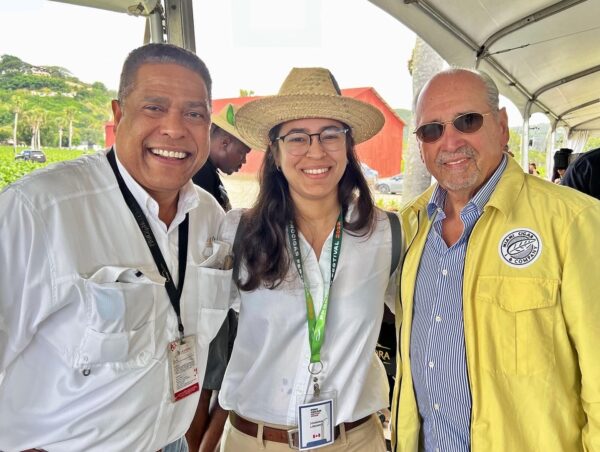
At the Pro Cigar Member’s Field Day: L to R: Manuel Inoa (La Aurora), Joanna Liriano (House of Horvath), Nestor Miranda (Miami Cigars Co.)
Spots to tour the farms and factories during Pro Cigar fill up fast, so better to book early to avoid disappointment.
“At the time of writing, Nicaragua is the top exporter to the world’s largest market for premium cigars: the United States – who also happens to be the very same nation that they once were locked in a fierce trade embargo with.”
NICARAGUA: Largest Exporter to the USA
When the rise of Fidel Castro’s communist regime sent Cuba’s cigar families fleeing the country, they searched far and wide to locate soil that could most accurately emulate that “Cuban taste” that they had grown to love.
For many, Nicaragua was the chosen place, and the region of Estelí its sacred grounds.
Today, acclaimed brands such as Joya de Nicaragua, Oliva, Drew Estate, Placencia, Perdomo, and My Father all operate here.
After years of political instability, Nicaragua appears to be thriving when it comes to cigar production.
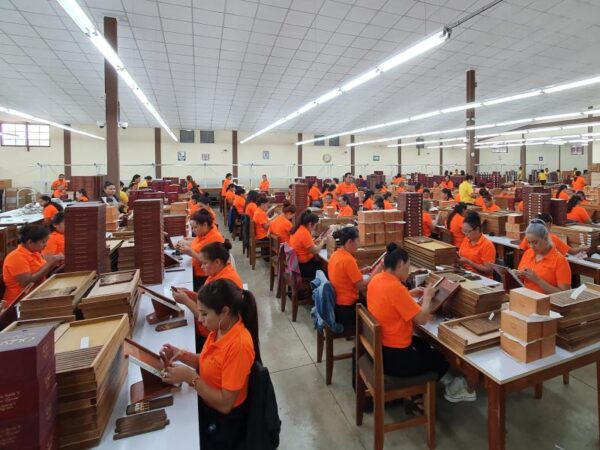
Cigar production in full swing at the Oliva factory in Estelí
At the time of writing, they are the top exporter to the world’s largest market: the United States – the very same nation that they once locked in a fierce trade embargo with.
My, how times have changed.
Travel to Estelí begins by flying into the capital of Managua. From there it is roughly a 2 hour drive which passes through many small towns.
Though its cigar industry has boomed, be wary. Nicaragua is still considered a developing nation, so you’re bound to pass by some serious poverty while on your trip.
Once in Estelí, you’ll notice a lot of graffiti-style street art that is tied in with Drew Estate and Foundation Cigars. Drew Estate is one of the largest and most visited factories in Estelí.
La Gran Fabrica Drew Estate even has guest lodging and a swimming pool.
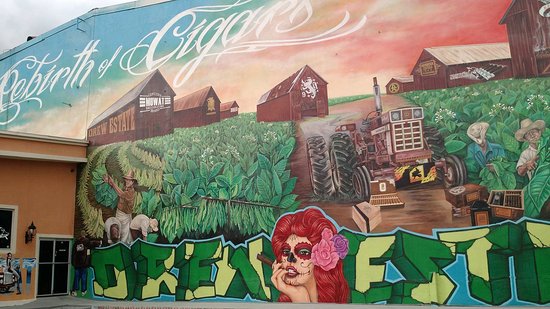
A Drew Estate wall mural blends traditional tobacco production processes with urban street art
Other factories within the Estelí tobacco trail include A.J. Fernandez, Oliva, My Father and the original Nica cigar, Joya de Nicaragua. Most are essentially located directly off of the Panamerica Highway.
Not to be left out, the Nicaraguan Cigar Festival is more commonly known as Puro Sabor, and its star is rising. Though attendance is not as large as it is for Habanos and Pro Cigar, Puro Sabor – which now entering it’s 12th year – is fast gaining ground by appealing to cigar lovers who’ve routinely experienced the other festivals and now seek something different.
HONDURAS: The Up And Comer
We won’t fault you if Honduras isn’t what springs to mind when you think of cigar travel. However, if you’re truly looking to venture off the beaten path and see where some premium brands like Rocky Patel, Punch, Alec Bradley, Eiroa, Oscar Villadres and Camacho are made, then Honduras may be the cigar destination for you.
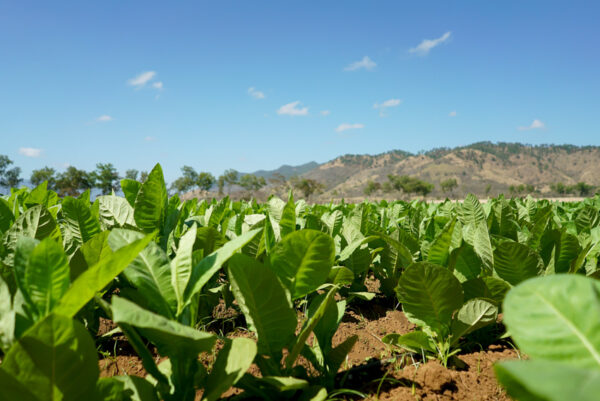
The Eiroa farm in the Jamastran valley in Honduras
Rocky Patel’s El Paraiso factory is a gargantuan compound located in the city of Danli; a city that always been well-known for producing corn, but now also cigars. Rocky Patel has been offering cigar experiences in Honduras for years.
Camacho’s cigar factory is a modern state-of-the-art affair, and has been host to cigar experiences like Camp Comacho, a week-long cigar experience that includes accommodation, exploring the fields, barns, and the factory. All tied in with rum, meals, entertainment, and of course, many premium Honduran cigars.
Adjacent to Danli is the ultra-fertile Jamastran Valley. This is precisely where almost all of the Corojo wrapper leaf that is used in premium cigars today comes from.
Attempts at a Honduran cigar festival have taken place in the past, most notably one called Humo de Jaguar. Currently there is no festival to rival Habanos, Pro Cigar or Puro Sabor, but given that the Honduran cigar industry is growing at such a swift pace, this won’t last long.
For a cigar travel experience that is far from the ordinary, make Honduras your latest destination.
Summary
Whether you’ve visited an international cigar destination before, or it is your first time, travelling to see how your beloved cigars are made through time honored processes is an extremely rewarding and enriching experience.
For your next getaway, consider some of these special destinations. You’re likely to have an unforgettable time, and will at once be supporting the local industry as well.
Win-win.
